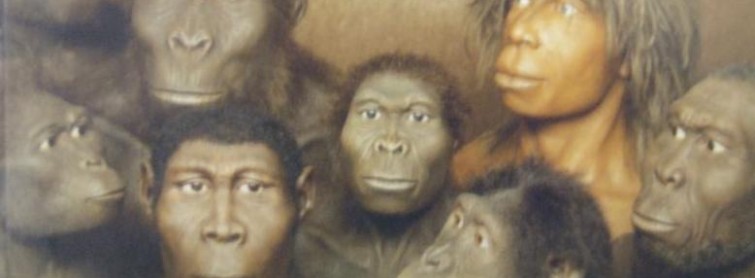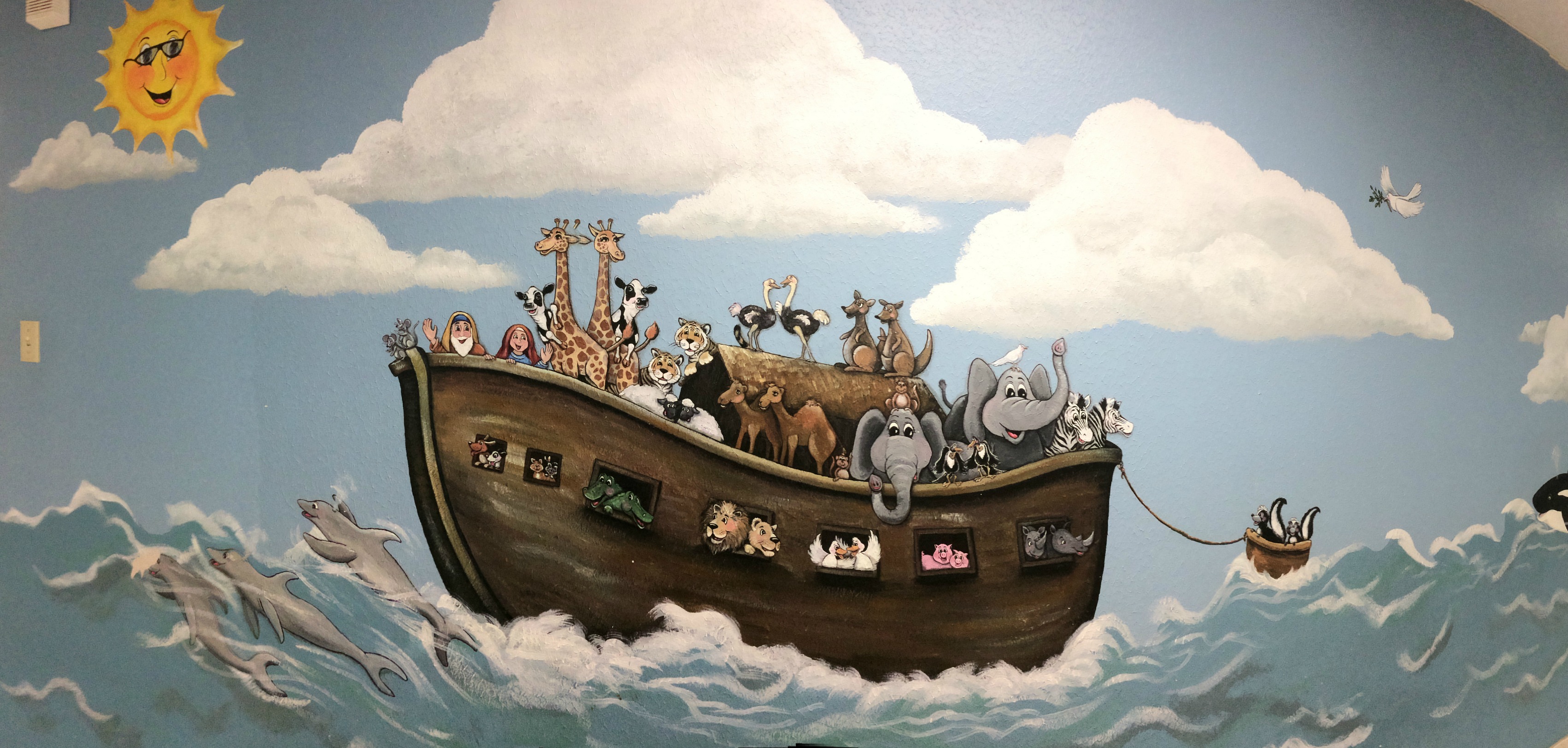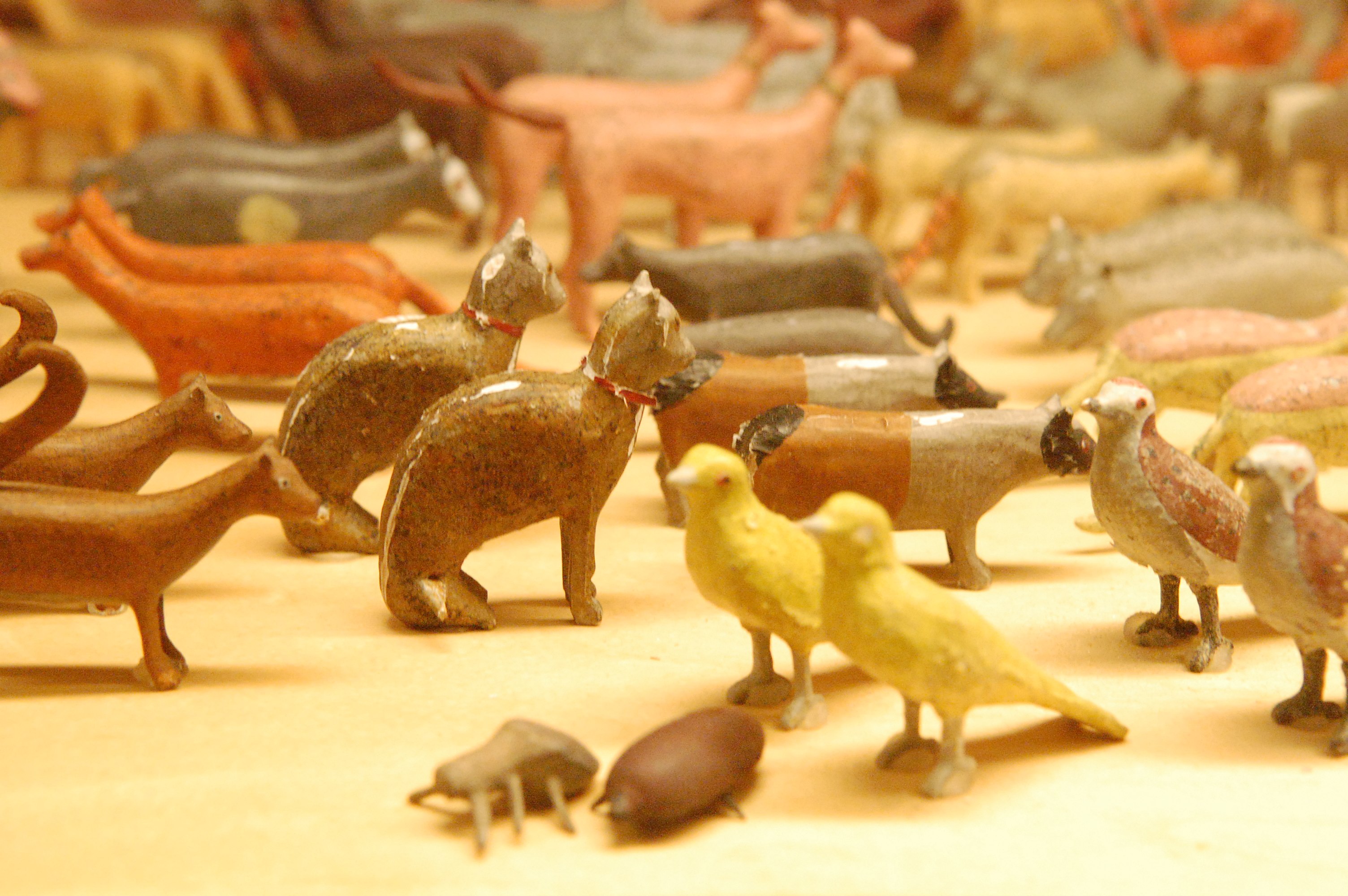The Bible
In order to understand the Bible and whether or not we can regard it as reliable, we must first understand something about the nature of the Bible. The Bible is not a book, so much as a collection of many books. The collection was authored by a number of different writers and editors over a period of over 1000 years before it was compiled into the single book that we now know as ‘the Bible’.
Though God did not physically write the Bible, Christians believe that the Bible is God’s word – inspired by God, written through everyday people to record the events of the Old and New Testament and to reveal himself to humanity.
The Bible is controversial today for several reasons. Firstly, it is filled with miraculous events which modern people find hard to accept as true events. Events such as the parting of the Red Sea, the splitting of the rock and Jesus walking on water are difficult for people to swallow, particularly in an age where anything that appears to supersede the natural world is dismissed or rejected. Secondly, the Bible makes very bold, existential claims about the world. It claims that God exists, that he reveals himself through his creation and through his son Jesus who is the saviour of the world and all of humanity. These things have often led people to doubt the authenticity, and relevance of the Bible in the 21st century.
One of the issues that sceptics have is that Christians often quote the Bible, in trying to build their case for the Bible’s validity. This can be problematic because those who question the Bible do not view it as reliable, and thus, an appropriate source. A better approach is to present sceptics with mixed evidence, both from within, and outside of the Bible. This will exhibit the Bible for what it is – a reliable, accurate record which has been transmitted down through history and shaped into a canon that reveals God to the world.
The following is a list of eight compelling cases for the accuracy and reliability of the Bible.
- Manuscript Evidence
“There is no body of ancient literature in the world which enjoys such a wealth of good textual attestation as the New Testament.”
– F. F. Bruce
Compared to other manuscripts and pieces of ancient literature, the amount of Biblical manuscripts in existence is phenomenal. The number of ancient Biblical manuscripts in existence far exceeds that of classics such as Plato, Socrates or Aristotle, and the accuracy of the transmission between manuscripts serves to prove just how extraordinary this piece of literature is.
The most famous Old Testament example of manuscript evidence is that of the Dead Sea Scrolls, which were found in the caves of Qumran, Palestine in the 1940s. At the time of their discovery, there had been 2,000 years since the last penned pieces of the Old Testament and the finding of the manuscripts, yet, the match between the Hebrew Bible that we use today and the ones found in the caves is uncanny.
When it comes to the New Testament, more than 20,000 manuscripts are in existence, making the New Testament the most reliable document in antiquity. The second most available text from antiquity is Homer’s Illiad, of which just over 600 copies exist.
Sceptics will often claim that the Bible has been changed throughout history, and lacks the original, intended message of the authors but the physical evidence against this notion, such as the Dead Sea Scrolls, is quite compelling. While the manuscripts do contain minor variants, they do not impact on the substance or the significance of key Old or New Testament beliefs and claims. It is also clear from the sheer number of manuscript copies that closely match the Bible in its current form, that the Bible has been preserved without any additions or major alterations.
The manuscript evidence reinforces the fact that the Bible has indeed, stood the test of time.
- Archaeological Evidence
Time after time, modern archaeological discoveries have confirmed the historical and cultural accuracy of the Bible and its records.
Over 25,000 Biblically relevant archaeological sites have now been excavated, all of which have served as an amazing testimony to the legitimacy of the Biblical record. The historical reality of civilisation such as the Hittites, the Edomites and the Horites have all been confirmed through archaeological findings, as have many kings and kingdoms mentioned within the Old Testament. The Hittites, referenced throughout the Old Testament as a group of people living within the Canaanites, were thought to be nothing more than a Biblical legend, until their royal archives were unearthed in Turkey in 1906. Sceptics also believed that Solomon’s tremendous wealth, as described in 1 Kings was thought to be exaggerated, and embellished for literary reasons, but recovered records show that wealth in antiquity peaked around the time of Solomon.
No other piece of ancient literature has been as confirmed by archaeological studies as much as the Bible, and discoveries of this nature continue to demonstrate the credibility of the Bible.
- Eyewitness Accounts
What makes the Bible unique from other ancient texts is also the nature of its authors – many of whom were eyewitnesses to the events described. We know from the New Testament and other historical writings that Christians were strongly victimised and oppressed for their beliefs, particularly by the Roman government. Some of the Biblical eyewitnesses went on to be persecuted and even executed for their commitment to the Christian message, begging the question….would a person die to protect texts that were not true? John Calvin wrote that:
“It is no moderate approbation of Scripture that it has been sealed by the blood of so many witnesses, especially when we reflect that they died to render testimony to the faith …with a firm and constant, yet sober, zeal toward God.”
All of the New Testament writers lived in the same generation of Jesus, and three of the writers were likely His apostles – Matthew, John and Peter. A strong case can also be made that these writers wrote the books that make up the New Testament prior to the destruction of the temple in AD 70. One portion of The Gospel of Matthew is dated to around 50 AD – 17 years after Christ’s crucifixion. This small interval between the actual events and the written accounts of them make the content within them more likely to be reliable than if there was a large interval between the two. The first account of the Buddha’s life did not get penned till 700 years after his death! The fact that these manuscripts, read by those living only 17 years after Jesus ministry do not differ from the Biblical material that we have today – 2,000 years later, reinforces the reliability of the Biblical texts.
It is also, certainly worth noting that the New Testament circulated during the lifetime of thousands of people who were alive at the time of Jesus’ ministry. If a book began circulating today that claimed that a man was the Son of God, and went onto describe a serious of miraculous events that took place – when in fact they didn’t – people would soon refute the book and correct the story. Interestingly, nobody in the generation in which the New Testament was circulating ever claimed the texts to be anything other than truth, indicating that they probably were.
- Extra-Biblical Evidence
Sources outside of the Bible also confirm the events which are described in the Bible. Prominent Jewish historian Josephus confirmed the life of Jesus as well as the events surrounding his crucifixion under the Roman government and Roman historian P. Cornelius Tacitus, also referred to Jesus in his writings. The fact that the Bible finds support among secular historians such as Cornelius lends further backing to the idea that the Bible is an authentic, valid piece of literature and thus, should be treated as such.
- Consistency
Though the Bible is made up of 66 books written over a long span of time, it consists of just one Metanarrative: one overarching story of God’s plan for redemption and salvation. While some modern books are compiled by multiple authors and editors, they do not achieve one single, unifying theme like the Bible does – this can only be accomplished when the book is underwritten by a single divine author.
The internal consistency and coherence that exists with the Bible is unique in that it represents a single theology, revealed and described through the framework of human history.
- Jesus
One of the most compelling arguments for the truth and validity of the Bible, is that of Jesus Christ himself. Jesus is evidence for the Bible’s validity, for two distinct reasons:
Firstly, the four Gospels in the New Testament – Matthew, Mark, Luke and John – all present an accurate, coherent record of the life, death and resurrection of Jesus and in all four of the gospels, Jesus can be seen as regarding the Old Testament as holy and authoritative. For this reason, Jesus himself forms the sixth piece of compelling evidence that the Bible is true. Jesus said that “Scripture cannot be broken” and used it as a source of authority in his teachings. Jesus also confirmed historical characters from the Old Testament, including Jonah, Noah and Adam and Eve.
All of this amounts to one point: If we take the New Testament to be proof of Jesus and accept that He was God’s son, that he lived, was crucified and rose again on the third day, then we must accept the Old Testament – because Jesus did.
Secondly, Jesus very existence proclaims the reliability of the Bible. Of all the prophecies which are contained in the Old Testament, over 300 point to the ‘anointed one’. In light of what we know about Jesus birth, life, ministry, death and resurrection, we can include the reality of Jesus as evidence for the Old Testament. These 300 + prophecies were written hundreds of years before Jesus was born, yet, in being born, he fulfilled them all.
- Scientific Consistence
Much of the Biblical material is consistent with modern scientific discoveries, despite being written long before our modern understanding of the world.
Here are some examples:
- The Bible refers to the immeasurable number of stars in the heavens (Genesis 22:17, Jeremiah 33:22). We know that scientists today do not know the amount of stars in the sky, as only around 3,000 are visible to the naked eye.
- Job described the earth’s suspension in space (26:7)
- Psalms describes the hydrologic cycle of the earth and evaporation (135:7), as does Jeremiah (10:13) and Job (36:27-29)
- Hebrews 11:3 describes invisible atoms, stating that “things which are seen were not made of things which do appear.”
- Modern medicine now knows that blood clotting in newborn babies reaches a climax on the eight day after they are born, before tapering off again. The Bible consistently instructs parents to circumcise their babies on the eight day after birth.
- Endurance and Influence
Lastly, the most compelling piece of evidence that the Bible is true is the longevity of the book, and the impact that it has had on the world since its inception. For thousands of years, scholars, clergy and laymen have come to the Bible of their own accord – freely and without coercion. The Bible has influenced the legal system, ethics, art, music, literature, the calendar, money and marriage.
No other book in has ever had the impact on world history that the Bible has prompted.
Subscribe to Creation Day








